March 10, 2025 | 21:11 GMT +7
March 10, 2025 | 21:11 GMT +7
Hotline: 0913.378.918
March 10, 2025 | 21:11 GMT +7
Hotline: 0913.378.918
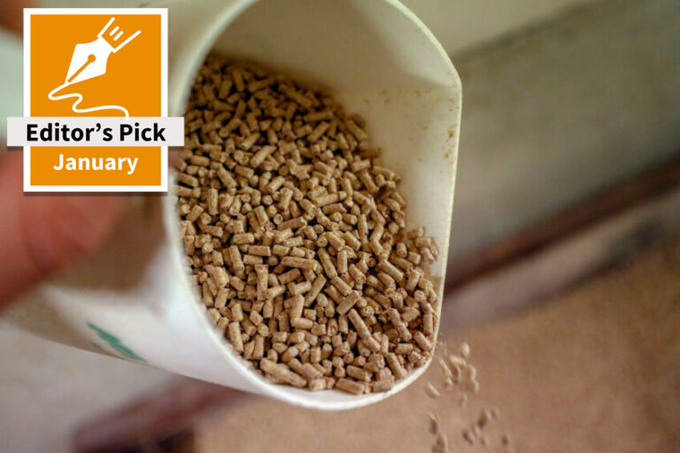
Dietary supplementation of yeast and yeast-based products improves growth performance, nutrient digestibility and overall health of pigs and poultry. Photo: Bert Jansen.
Yeasts are described as single-cell microorganisms that belong to the kingdom fungi. In addition, yeasts are facultative anaerobes which can thrive and proliferate in both oxygen-rich and oxygen-depleted environments. Yeasts have a variety of shapes and they are naturally present in soil, plant surfaces, flower nectar, fruits, grains, grain co-products, silage and hay. Yeasts reproduce through budding and fission, and they are identified and characterised based on cell morphology, physiology, immunology and molecular biology techniques.
Yeast-based products include viable yeasts with probiotic activity and fractionated yeasts or yeast cell components with prebiotic activity.
Yeast hydrolysate, a protein-rich byproduct of hydrolysis extraction, originates from Saccharomyces cerevisiae and contains yeast cell walls. Yeast hydrolysate increases feed palatability, improves growth performance and gut health, and enhances serum immune cytokine levels. Furthermore, yeast hydrolysate supplementation enhances antioxidant capacity, disease resistance, and gut morphology as well as barrier function.
Yeast culture, a combination of yeast biomass and fermentation metabolites, is created by inoculating live yeast cells on culture media and fermentation under specific conditions. Research studies have shown that supplementing yeast cells improves growth performance, nutrient digestibility, gut villus height and immune response.
Live yeast products have probiotic properties, which is why they are considered to be direct-fed microorganisms. Live yeast provides beneficial protein, B-complex vitamins and trace minerals to produce extracellular enzymes. Active dry yeast, commonly used as a commercial yeast product in livestock feed, is available in the forms of tunnel dried yeast (granular powder), fluid-bed dried yeast (quick-rise yeast in oval-shaped spheroids) and roto-louver dried yeast (small spheres or balls). Active dry yeast improves gut health by decreasing the relative abundance of harmful bacteria and increasing the relative abundance of beneficial bacteria.
Yeast extracts contain yeast cells without the cell walls produced through either autolysis or hydrolysis. During autolysis the activated yeast cell enzymes break down cell components and create yeast autolysate containing both intercellular and cell wall fractions. Hydrolysis approach is used to solubilise yeast using acids or enzymes.
Yeast cell walls are categorised into fractioned yeast products, and active components of yeast cell walls including mannan oligosaccharides and beta-glucans. The cell wall is mainly comprised of glucans and mannans. Glucans are highly insoluble with immunomodulatory activity and they comprise 60% of the cell wall dry mass. Mannans represent 40% of cell dry mass and serve as prebiotics. Dietary supplementation of yeast cell walls reduces gut pathogen counts, modulates immune system, improves gut mucosa integrity, and exhibits antioxidant, antimutagenic and antigenotoxic protective traits.
Saccharomyces cerevisiae is one of the most predominant yeasts that have been exploited commercially in livestock feed. Saccharomyces cerevisiae is rich in polysaccharides, vitamins, proteins, amino acids, small peptides, nucleotides and some growth factors.
Saccharomyces cerevisiae uses various mechanisms to achieve beneficial impacts. For example, it competes with harmful bacteria for attachment sites on the gut tract to reduce their ability to colonise and cause diseases. Supplementing Saccharomyces cerevisiae promotes the growth of beneficial bacteria while preventing the proliferation of harmful microorganisms, thus improving gut microbiota balance and health.
In addition, cell wall components of this yeast activate the host’s immune system function by promoting the production of IgA antibodies in response to pathogenic microorganisms. Another benefit of Saccharomyces cerevisiae is producing enzymes such as phytase that break down complex nutrients and improve the digestibility and absorption of minerals and amino acids.
On the other hand, it binds to mycotoxins to reduce their negative impacts, and during fermentation creates short-chain fatty acids that improve gut environment, structure, and overall integrity, and contribute to the animals’ ability to cope with various stressors.
It is found that adding 10 g/kg of yeast cells increased gross energy and calcium and phosphorus retention in turkeys. It is also reported that the inclusion of yeast increased feed intake, live weight and feed conversion ratio in broilers. Another study noted that yeast reduced the population of coliform in broilers’ gut. It was also mentioned that supplementing yeast cell wall improved the villi height, and crypt depth in broilers. In addition, it was found that 2.5 g/kg of yeast increased villus to crypt ratio in the duodenum, jejunum and ileum in broilers. Also, according to research, adding 0.3% yeast to broiler diets increased the antioxidant status in muscle tissue.
(Poultryworld)
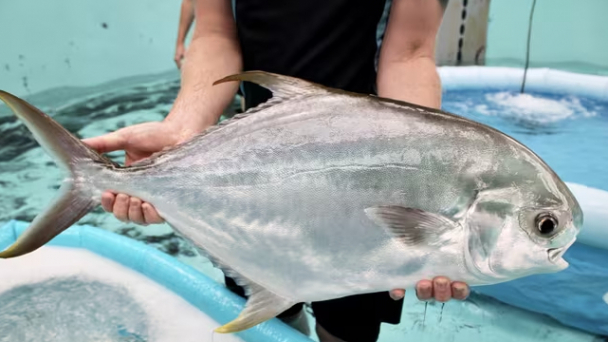
(VAN) Following successful breeding trials and market testing, the farming of Pompano – a white-flesh fish – could add more than AUD 1 billion to Australia’s economy.
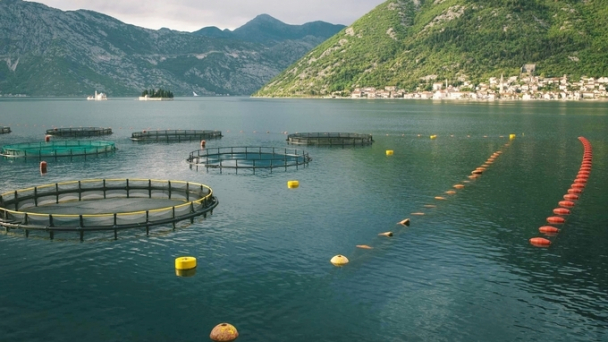
(VAN) Careful planning can be considered a way to expand mariculture and supply food for billions of people while lessening impacts on biodiversity.
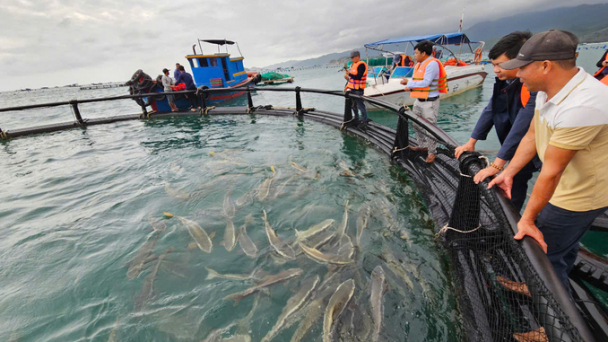
(VAN) On March 7, in Nha Trang City, the People's Committee of Khanh Hoa Province held a ceremony to announce and launch the pilot project for high-tech marine farming development in the province.
/2025/03/08/1839-1-170829_447.jpg)
(VAN) The pilot models of emission-reducing rice farming being implemented in the Mekong Delta show the prospect of increasing economic efficiency and reducing greenhouse gas emissions.

(VAN) With only a smartphone, members of the Muong La Nature Reserve can collect all patrol data, from photos to statistics, thanks to SMART.

(VAN) The emission-reducing rice farming model achieved a profit of more than VND 40 million per hectare, an increase of VND 10 million compared to the traditional production practices of farmers.
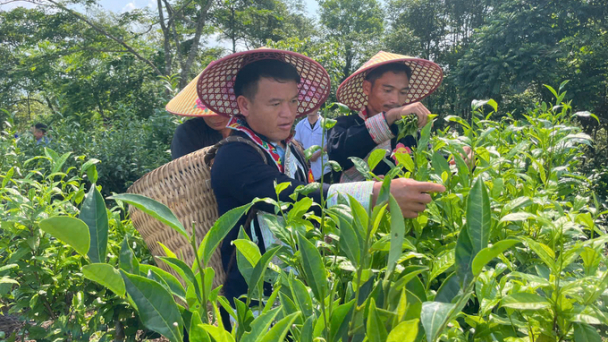
(VAN) Bat Xat District (Lao Cai) is looking to preserve the ancient Shan tea variety. Locals are cultivating seeds from healthy, high-yield Shan tea trees aged 10 years or older to expand production.